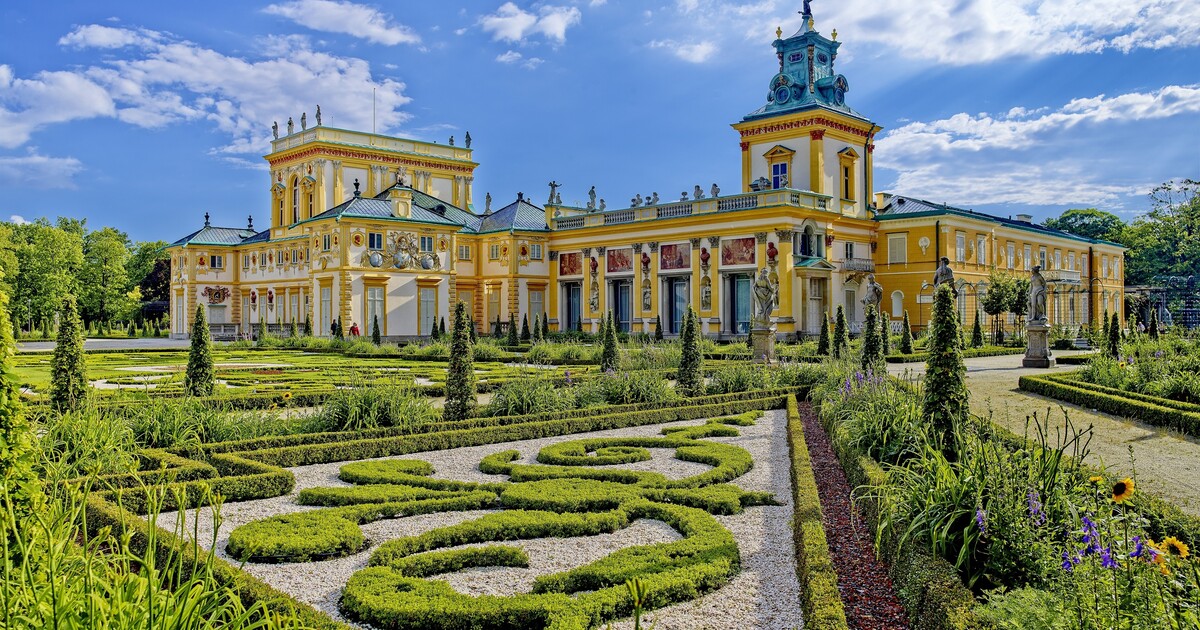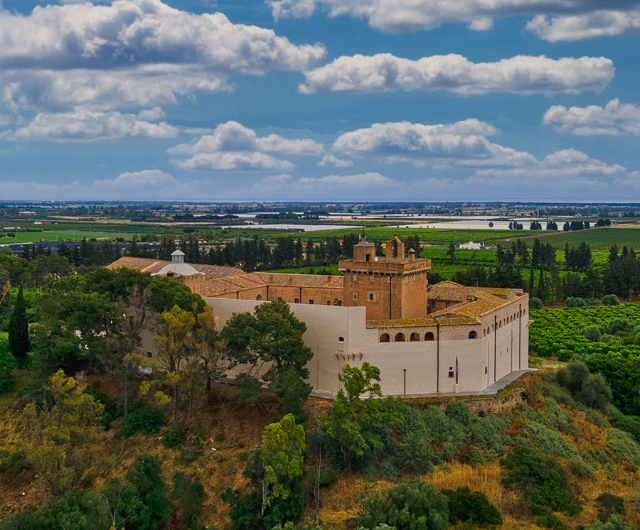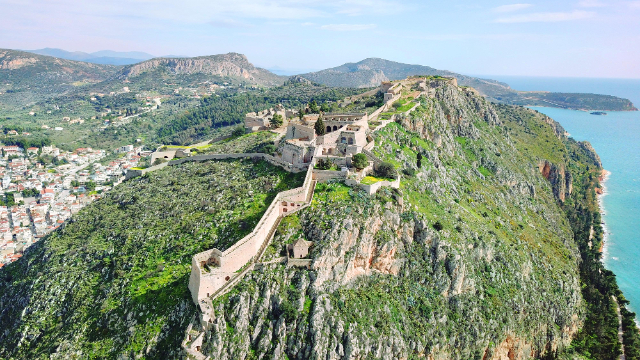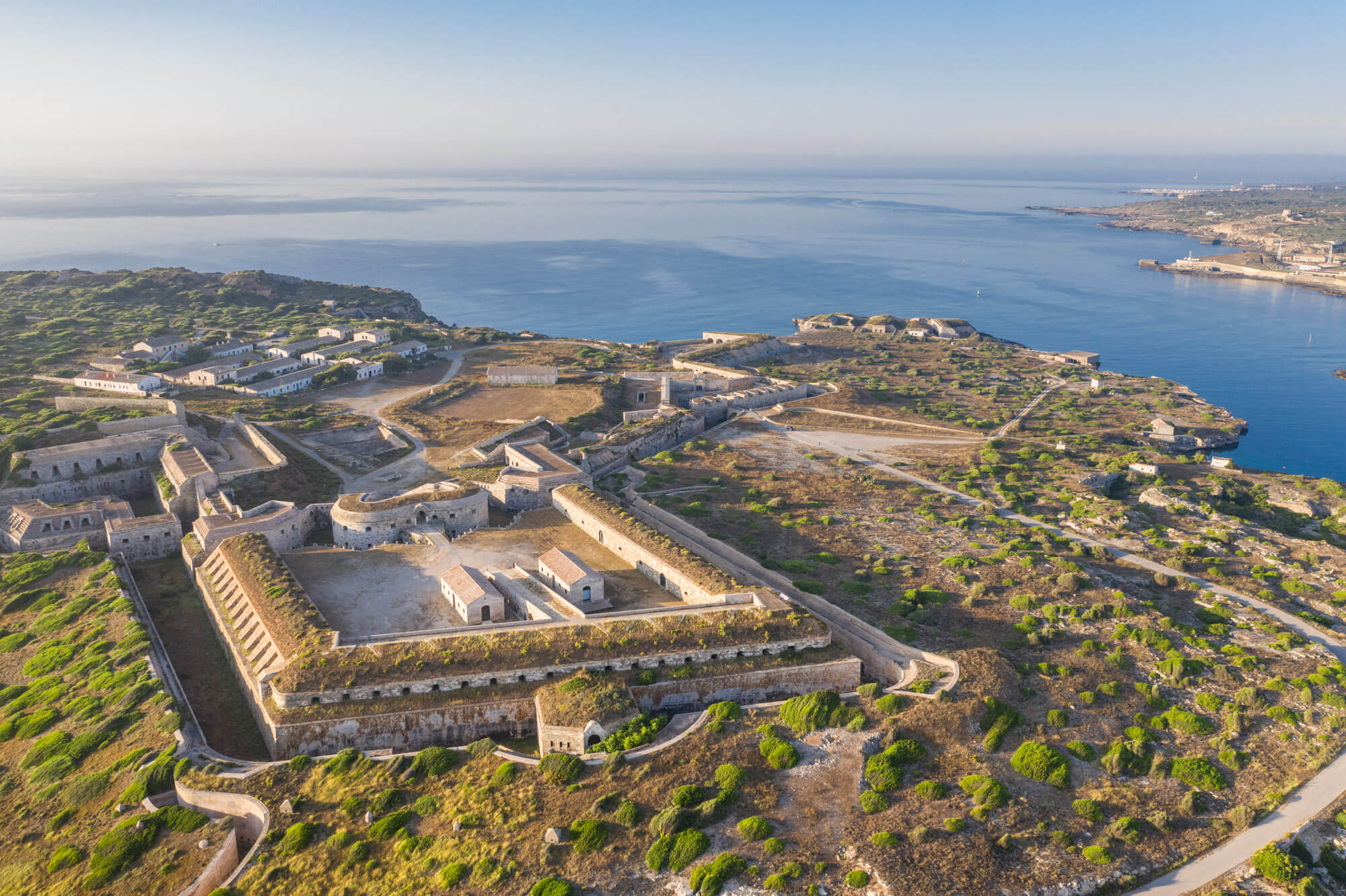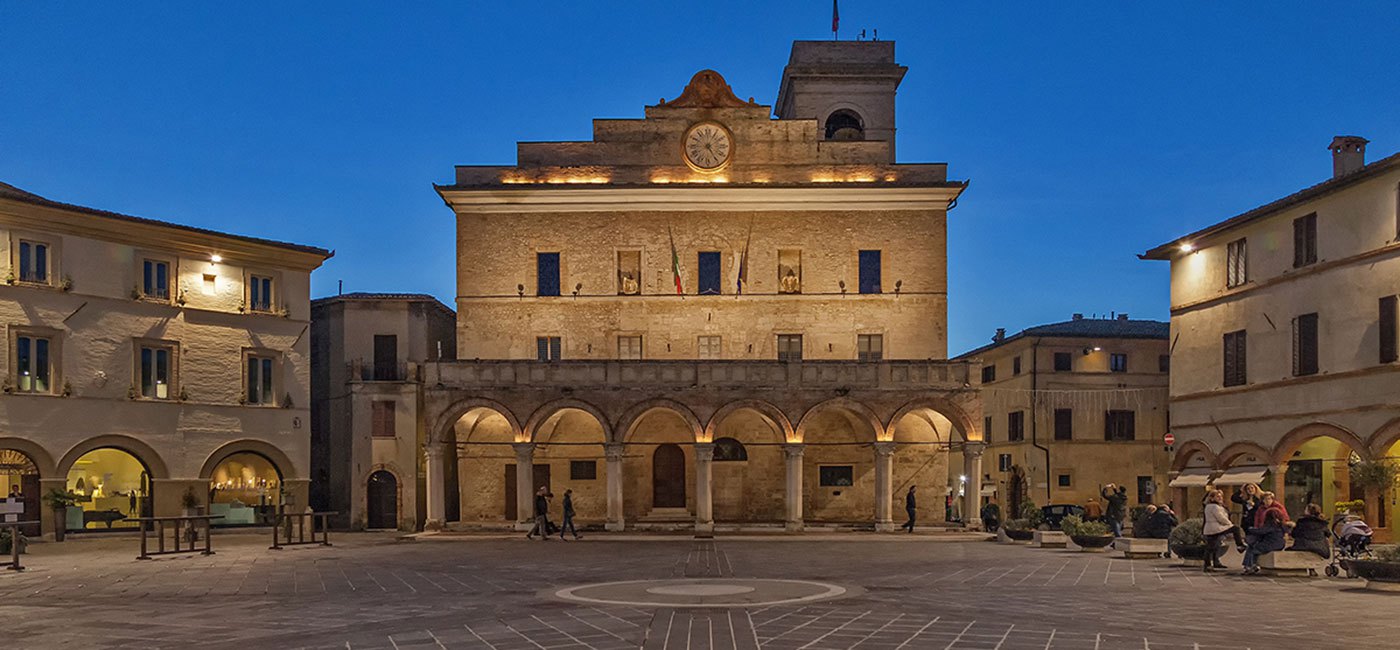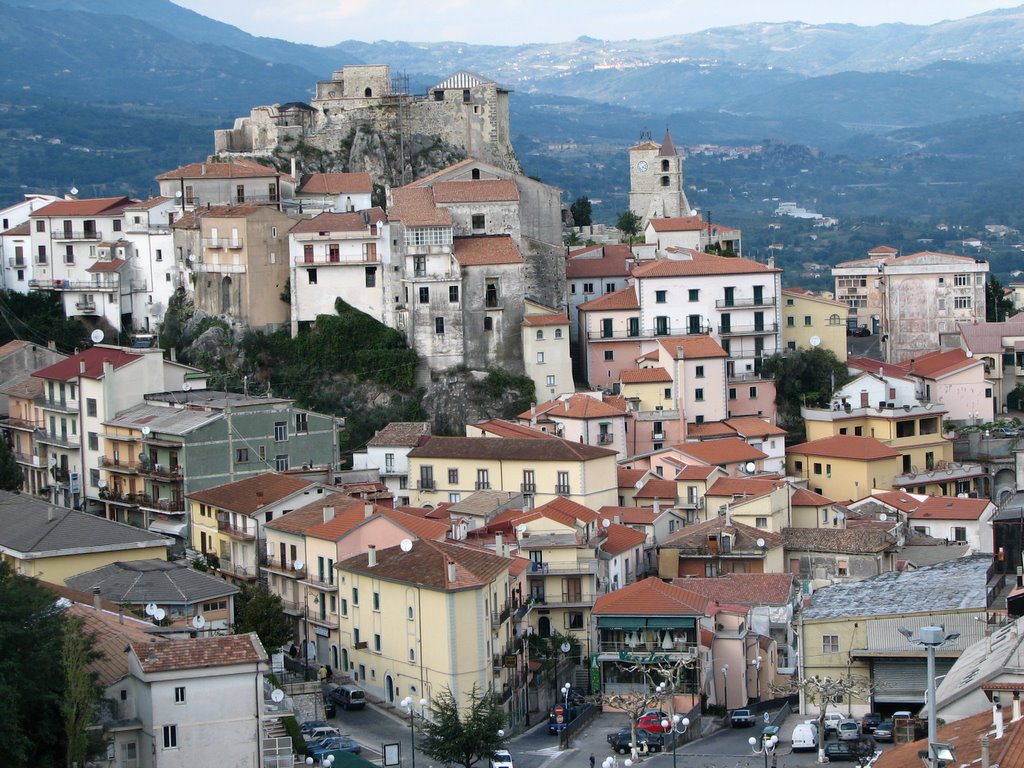Its origins are still uncertain, but around 1155 it already existed when the counts of Albon exercised strategic, military and mercantile control over the Montgenèvre road, and Exilles represented the extreme eastern border of the principality.
In 1339, it already had a complex structure: it is a rare example of a "road castle", with a defensive construction articulated in several walled circuits to defend the inner nucleus and an external barrier, an effective control of the important road axis that from Piedmont led to Provence through Montgenèvre.
In the 16th century, the castle was long disputed by the opposing Catholic and Reformed factions who wanted to control the Dauphiné on this side of the Alps.
At the beginning of the seventeenth century, the fort changed its structure from an old castle to a bastioned fortress, where between 1681 and 1687 it hosted the mysterious and famous character known as the "Iron Mask".
In the first years of the 18th century, the fortified fortress of Exilles, under the direction of Bertola and De Willencourt, underwent imposing renovation and modernization works including the overturning of the defensive front towards France.
The Treaty of Utrecht in 1713 transferred the royal dignity from the King of France to the House of Savoy, thus making it necessary to overturn the defensive front.
Razed to the ground by the French following the Treaty of Paris, May 15, 1796, the fort was rebuilt in its present form between 1818 and 1829 by the King of Sardinia, who returned to his territories.
Vittorio Emanuele I entrusted its reconstruction to the architects Giovanni Antonio Rana and Francesco Olivero who, between 1821 and 1829, completed the structure.
The fort was disarmed in 1915 and definitely lost any military function on September 8, 1943 when it was finally abandoned by the military.
In 1978, the Piedmont Region acquired the property from the military, with the commitment to provide for the restoration and functional recovery of the monument.
It was then developed and started the project of conservative restoration, internal and external, aimed at defining an overall structure of the Fort.
In April 1996 an agreement was signed between the Piedmont Region and the CAI-Turin National Mountain Museum for the joint enhancement, management and promotion of the Fort of Exilles. In June 2015 a cooperation agreement was signed between the Piedmont Region and the Municipality of Exilles for the management of the Fort during the summer season 2015.
The Fort of Exilles was opened to the public on July 8, 2000, inside the Fort there are two museum areas, characterized by particularly innovative arrangements.


